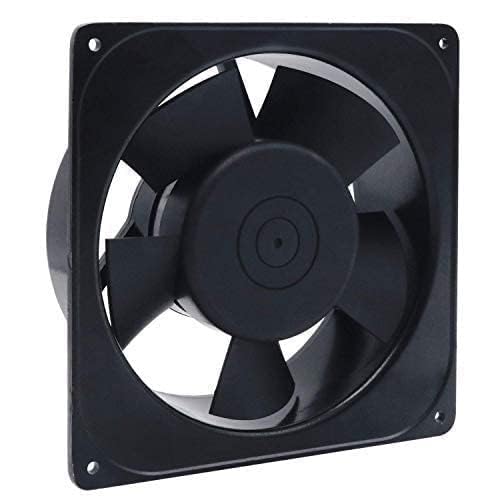Instantly See Any Instagram Profile Details with Zero Hassle or Delay
Curiosity often strikes when you come across a new Instagram profile. Whether it is a business, influencer, or someone new you just met, accessing profile details quickly can be helpful. With tools available today, you can instantly view Instagram profile information without any complications. There is no need for time-consuming steps, logins, or delays. Everything you want to see is just a few clicks away, saving time and effort.
Getting quick access to Instagram profile details is no longer difficult. Here’s how it works and why it is useful for users from all walks of life.
What Can You Instantly View?
Modern tools allow instant access to public profile data. These details can be helpful for both casual users and professionals. Here’s what you can usually view:
- Profile Picture Full Size: Easily view and download the full-sized display picture.
- Bio Information: Instantly read the account’s bio to understand the person or brand.
- Follower and Following Count: See how many people follow them and who they follow.
- Post Overview: Get an idea of the type and frequency of content they share.
- Highlights and Stories: If available publicly, even story highlights can be seen without delay.
Why it is Beneficial

This quick profile view can be helpful for various reasons. You do not have to follow or message someone to understand more about their profile.
Key benefits include:
- Saves Time: No more clicking through multiple steps to view a profile.
- Zero Login Required: No need to log in or sign up to check basic information.
- No App Installation: Access details through a web-based method without downloading anything.
- Improved Decision-Making: Know more about someone before choosing to follow or interact.
- Great for Research: Useful for checking influencer credibility, brand pages, or new connections.
How Simple Is It to Use?
The process is very straightforward. Just enter the username, and the tool presents you with the available public details in Instant views. There is no waiting time and no technical knowledge required.
Steps include:
- Type the profile username.
- Click to search or view.
- Instantly see available details.
Privacy and Ethics
While using such tools, always respect privacy. Only public profiles are viewable, and no private data is accessed. It is a good idea to use these tools responsibly and ethically. The goal is to gather general profile insights, not to intrude on anyone’s private space. Accessing Instagram profile details instantly is now easy, safe, and convenient. Whether you are checking out a brand, a creator, or a potential connection, these tools give you the quick overview you need without wasting time or jumping through hoops. Fast, reliable, and completely user-friendly, this method is a must-have shortcut for regular Instagram users.







